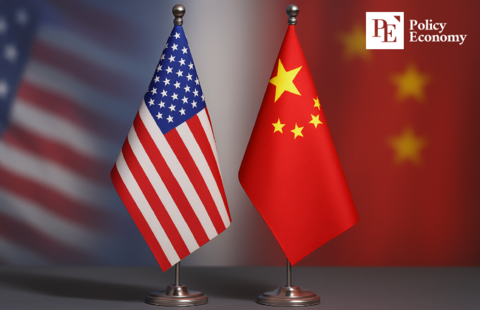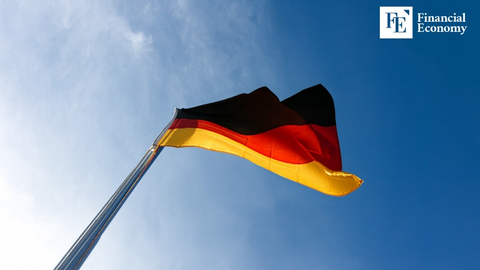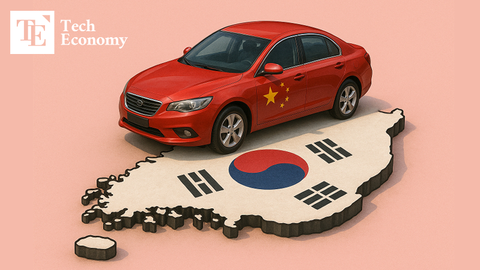Dollar Instability’ Triggered by Trump Spurs Opportunities for the Yuan as a ‘Mini Reserve Currency
Input
Modified
Market instability grows due to pressure on the Federal Reserve Reemergence of the 'political uncertainty → capital outflow' scenario China moves to strategically expand the yuan-based economic bloc
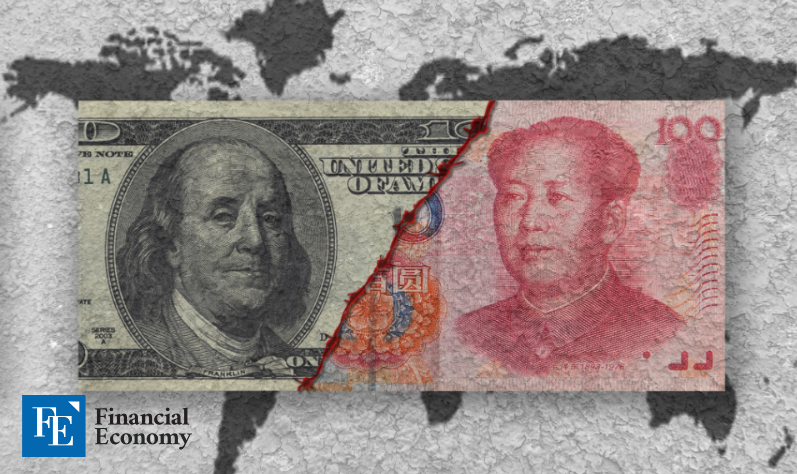
A quiet but consequential shift is taking place in the global financial system. As markets reel from political uncertainty in the United States, many countries and corporations are increasingly turning their attention to an alternative currency—China’s yuan. While the dollar continues to hold sway as the dominant global reserve currency, the cracks in its foundation are beginning to show. In this emerging gap, Beijing sees opportunity. Capitalizing on financial market turbulence and geopolitical discontent, China is swiftly expanding the yuan’s role in cross-border trade and finance, aiming to build a parallel system of settlements that could someday rival the greenback’s reach.
Trump’s Rate Pressure Shakes Confidence in the Dollar
Market volatility in recent months has often traced back to one source: former President Donald Trump. As he continues to pressure the U.S. Federal Reserve to lower interest rates, his remarks have sparked shockwaves through Wall Street and beyond. On April 21, Trump took to social media, calling Fed Chair Jerome Powell a “major loser” and demanding immediate rate cuts, arguing that inflation was no longer a concern. The market reaction was swift and brutal—Dow Jones plummeted 2.48%, the S&P 500 fell 2.36%, and the Nasdaq dropped 2.55%. The Wall Street Journal remarked it was the sharpest stock decline since 1932.
This latest turmoil comes at a time when trust in dollar-denominated assets is already fragile. A survey by the International Monetary Institute (IMI) of Renmin University of China found that 24% of firms currently using the U.S. dollar for international payments are now considering switching to the yuan. The trend has been gaining momentum—up from 21.5% in mid-2024 to 23% by year’s end and continuing to rise into 2025. Currently, 68% of surveyed firms already use the yuan in international trade, and 53% utilize it in foreign exchange.
Yet challenges remain. Over 40% of businesses cited reluctance from trade partners to use the yuan, while others pointed to capital controls, limited convertibility, and vulnerability to external influence. Still, IMI Deputy Director Tu Yonghong believes the fragmented state of global finance will favor diversification—and by extension, the yuan. As U.S. protectionist measures grow stronger and monetary policy independence comes into question, doubts about the long-term stability of the dollar are becoming difficult to ignore.
Flight of the Wealthy: Hedging Against Political Risk
As financial turbulence intensifies, the world’s ultra-wealthy are quietly moving their assets abroad. Trump’s confrontational economic policies—especially his combative stance toward the Fed and escalating protectionism—have spurred capital flight at unprecedented levels. Switzerland has emerged once again as a safe haven, with local banks reporting surging demand for account openings and fund transfers from American clients, describing the inflow as "like a wave."
This movement reflects a broader defensive strategy. Wealthy individuals are seeking insulation from political risk and erratic policy shifts. The logic is simple: in an environment where a single tweet can move markets, capital needs to reside in jurisdictions perceived as more stable. Another factor is tax strategy. Amid rising uncertainty, high-net-worth Americans are increasingly drawn to tax havens and considering dual citizenship or real estate acquisitions abroad to diversify their financial and legal positions.
More than a temporary reshuffling of portfolios, this wave of asset migration reveals deep-seated distrust in the U.S. financial system’s durability. The possibility that the Federal Reserve might bow to political interference is being taken seriously by investors, many of whom now prioritize tangible, “real-world” risk mitigation over blind faith in institutions. This growing perception threatens the very foundation of the dollar’s dominance: the belief that it represents a safe, stable, and politically neutral store of value.
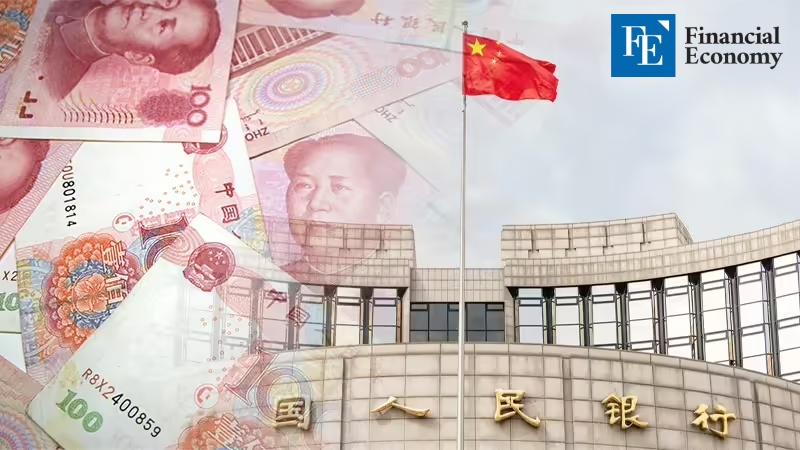
Yuan Expands Cross-Border Reach as China Targets Southeast Asia
Amid this reshuffling of global trust, the yuan has been making quiet but significant gains. According to the People’s Bank of China, cross-border yuan settlements between China and nations such as Cambodia and Malaysia surged by 45% in Q1 2025 compared to a year earlier. This is more than a trade uptick—it signals increasing adoption of the yuan as a preferred settlement currency in international transactions.
South Korea is also joining the shift. The Bank of Korea reported that 1.5% of the country’s total trade last year was conducted in yuan. For imports specifically, yuan usage rose for the sixth consecutive year, reaching 3.1%—a 0.7 percentage point jump. The trend is largely fueled by a dramatic twentyfold increase in semiconductor imports paid in yuan. Overall, yuan-denominated imports rose 27.9% year-over-year, while dollar-based import payments fell from 82.8% to 80.3%.
Seizing this momentum, China is doubling down on regional diplomacy to further embed the yuan in Southeast Asia’s financial networks. Starting April 14, President Xi Jinping visited Vietnam, Malaysia, and Cambodia to strengthen trade and financial cooperation. These visits are seen as part of a broader Chinese strategy to counter rising U.S. economic nationalism by tightening regional alliances. The yuan’s expanded use fits neatly into this playbook—reducing dollar dependence while elevating Beijing’s financial influence in a region caught between two powers.





